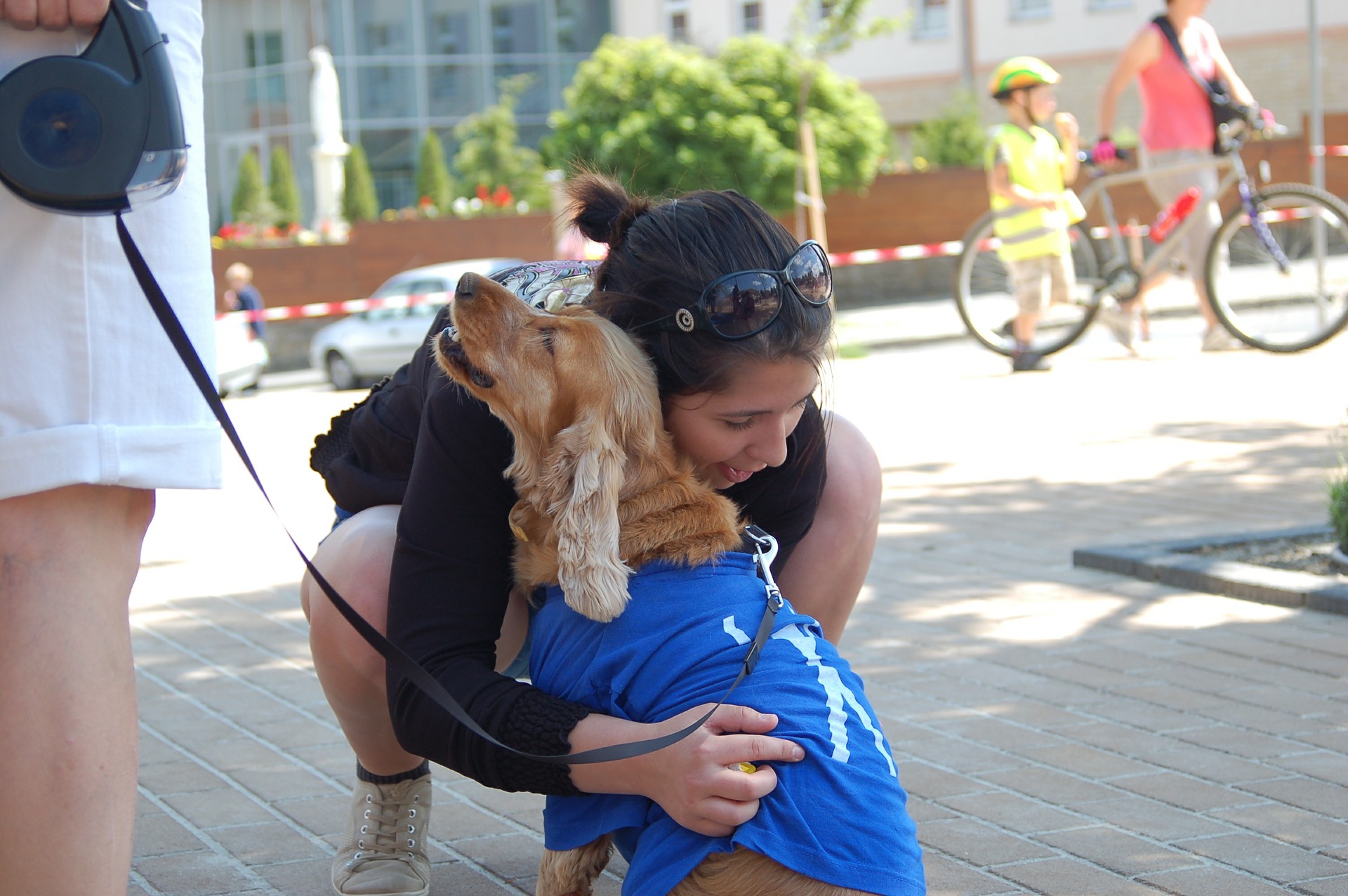If your dog went missing, how would you try to find him? Post “lost” notices on electrical poles and on Facebook? Comb the neighborhood calling for your dog and looking at your phone every three seconds in case someone found him? Call your shelter to ask if anyone had found him and taken him to the shelter?
While all of these are viable -- and common -- practices, there are a few ways you can increase the odds that you'll be reunited with your pooch should the unthinkable happen.
One way is to have up-to-date ID tags on your dog's collar. Another is to microchip your dog. That way, if your dog gets loose and the tags or collar are missing, your dog can still be found and identified.
While you may be thinking that your dog would never get lost, experience states otherwise. You’re distracted for a second, there’s an open gate and a fast (and curious) dog and now you’re roaming the sidewalks, calling for Sparky.
Plus, there are some shocking statistics when it comes to lost pets. For example, did you know that only about 15-20% of lost dogs are reunited with their people? Did you also know that 1 in 3 pets are lost in a pet’s lifetime? (Source) However, according to the American Animal Hospital Association, microchipping your dog greatly increases your odds that you'll be reunited. This is because collars and tags can be lost, but microchipping is permanent and a database records your dog's number to pair it with your information.
Why Microchip?/
Microchipping your dog is fast, easy, painless, safe, and inexpensive. It can also more than double your chances of being reunited with your dog according to the American Veterinary Medical Association.
While that fact seems reason enough to us to microchip your pet, we understand you may have a few questions, so let's take a look at some of the common ones.
What is a Microchip?/
A microchip is a tiny electronic chip about the size of a grain of rice. It’s encased in glass and implanted in your dog, usually between the shoulders. It has an identification number on which you may think of as the canine version of a social security number. A scanner activates the chip when it’s inserted into your dog.
Is Microchipping Safe?/
We’re asked this a lot, and the answer is, “yes.” Microchipping is safe and can be done within minutes during almost any veterinary visit. The procedure does not even require anesthesia. Just a quick injection and you’re done!
Is It Like a GPS?/
No. A microchip is not a GPS. There is no way to use it to track you or your dog, and there is no private information housed on the chip. Which may beg the question: "HOW does it work?" We’re glad you asked. It works like this. As mentioned above, the chip is electronic and activated with a scanner. The chip sends out tiny radio waves which can then be read by a compatible microchip scanner.
We Travel Internationally; Will My Dog’s Microchip Work in Another Country?/
Great question. Unfortunately, there’s no way to know for sure if every country uses microchipping and/or if they can have the same type of scanner as we have in the U.S. However, there is something known as the International Standards Organization (or ISO) that has created an international standard for the radio frequency. This standard is 134.2 kHz. So if your dog was implanted with a chip that can be read at this frequency, it doesn’t matter where your dog is, any scanner that reads at this frequency will be able to read it.

How Does the Microchip Help to Reunite Me with My Lost Pet?/
Once your pet is microchipped, the number on the chip goes into a database and you'll need to register your pet. Your veterinarian will tell you which database they used and offer you instructions. It’s your responsibility to go into the database once you get home from the veterinarian’s office and input your contact information such as name, address, and phone number.
If you move, you’ll need to go into the database and update it with the correct information. After all, it’s only as good as the information you give it! Then, if your pet is missing, you can contact the local shelter and let them know your dog has a microchip. If the shelter, or even an equipped veterinary practice, finds your pet, they’ll contact the microchip registration database company. In turn, the microchip company will contact you to let you know how to reunite with your best bud.
The quick, easy, and effective process of having your pet microchipped is simply invaluable. And if you're not sure if your dog is already microchipped, you can ask your veterinarian to check. Who knew that something so tiny could offer such huge peace of mind?!

